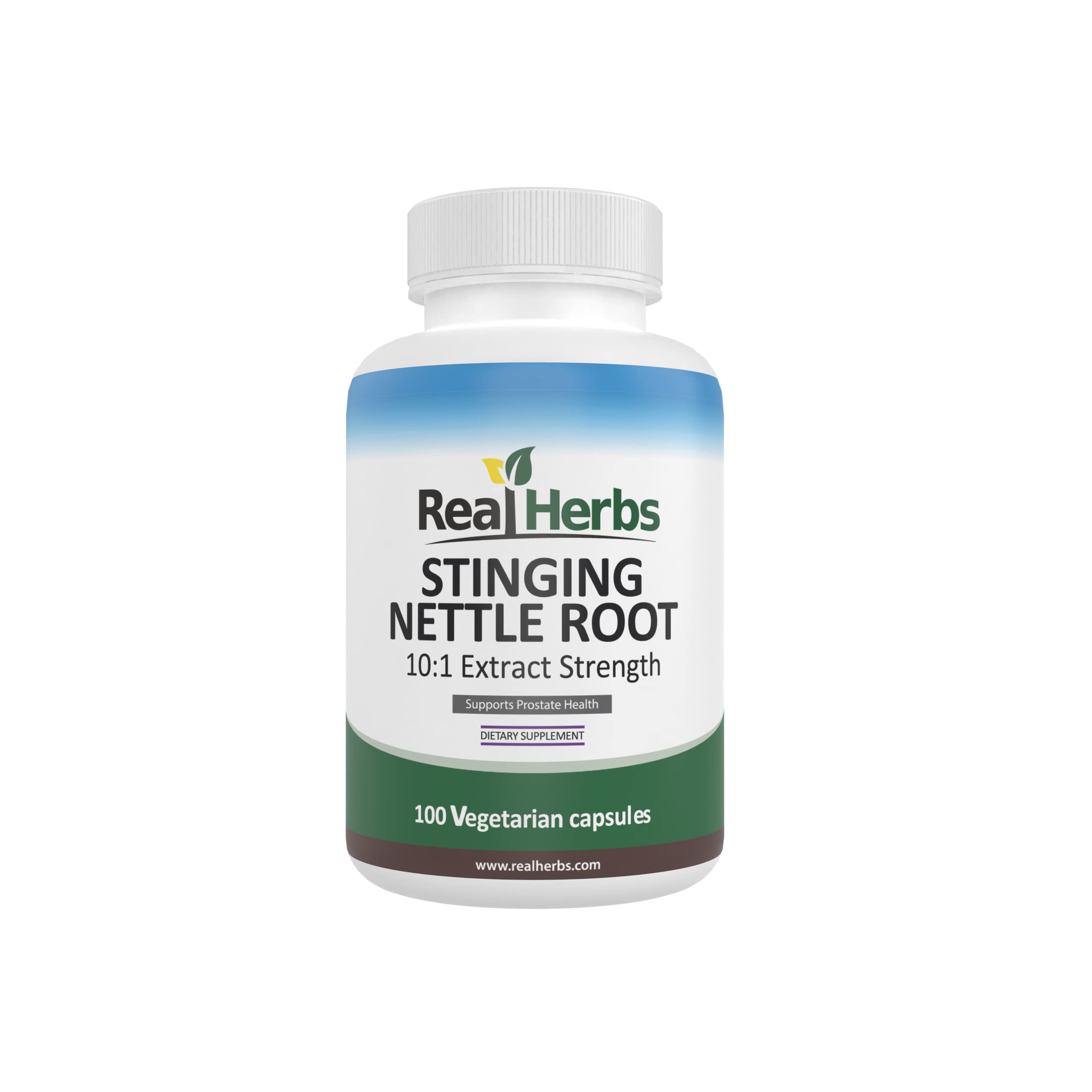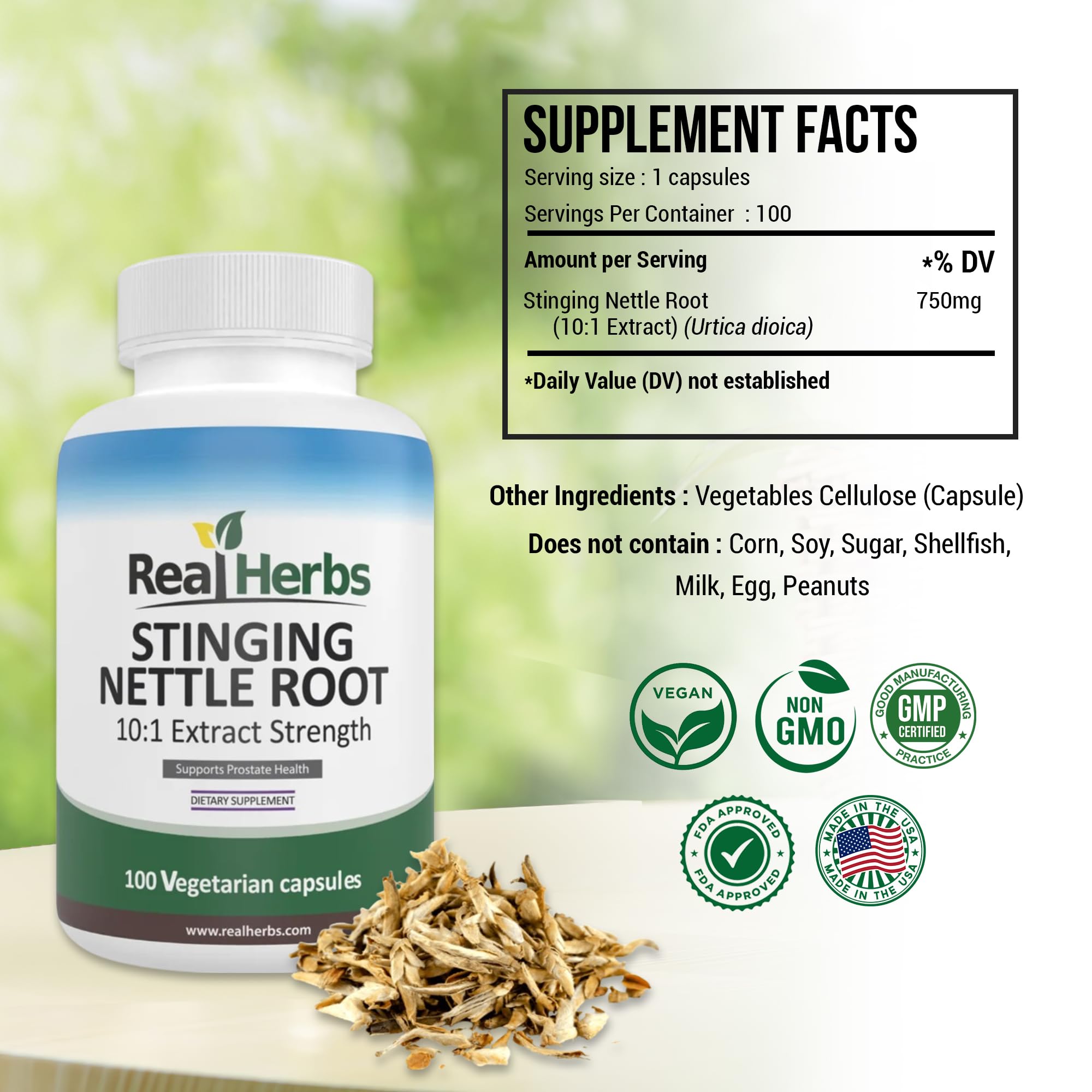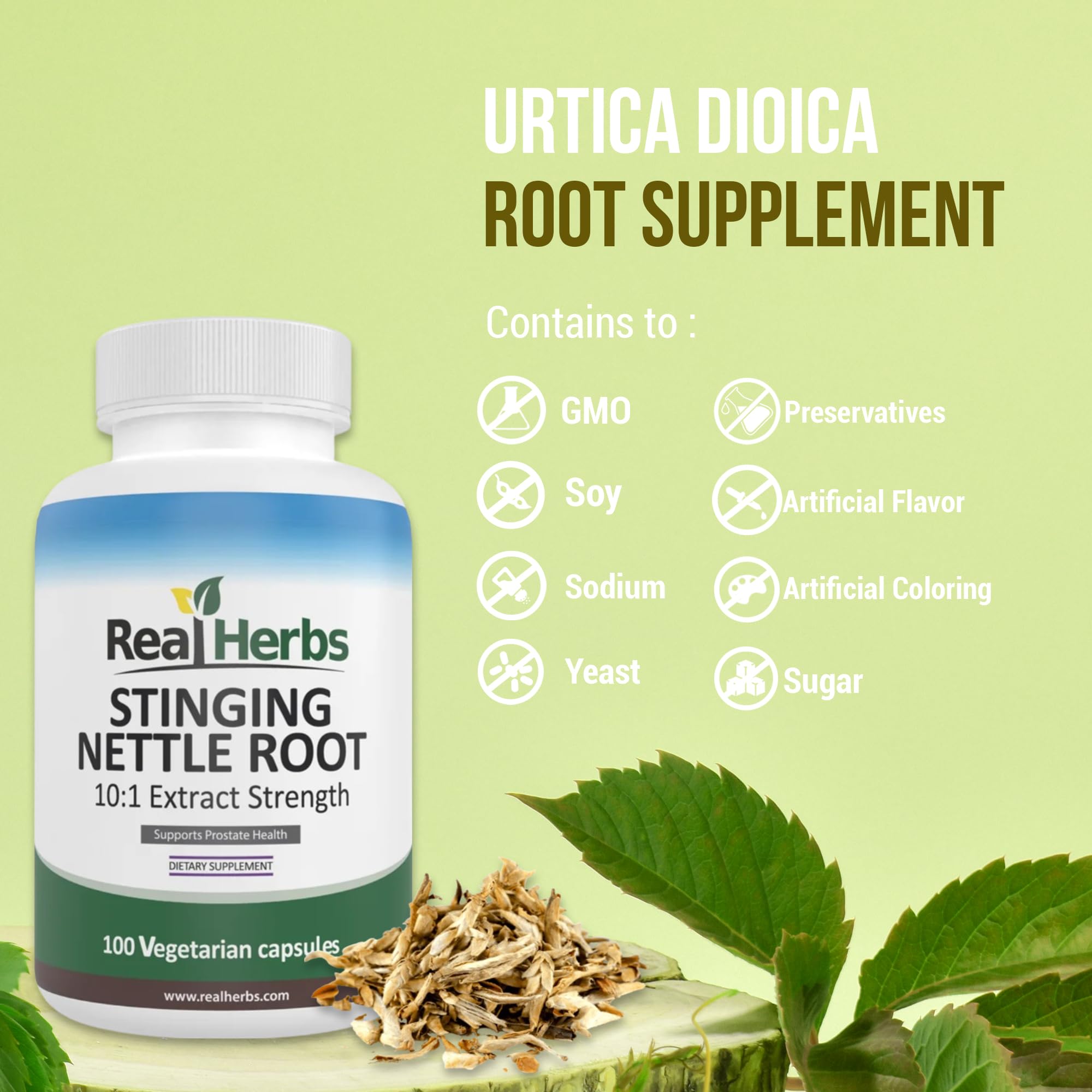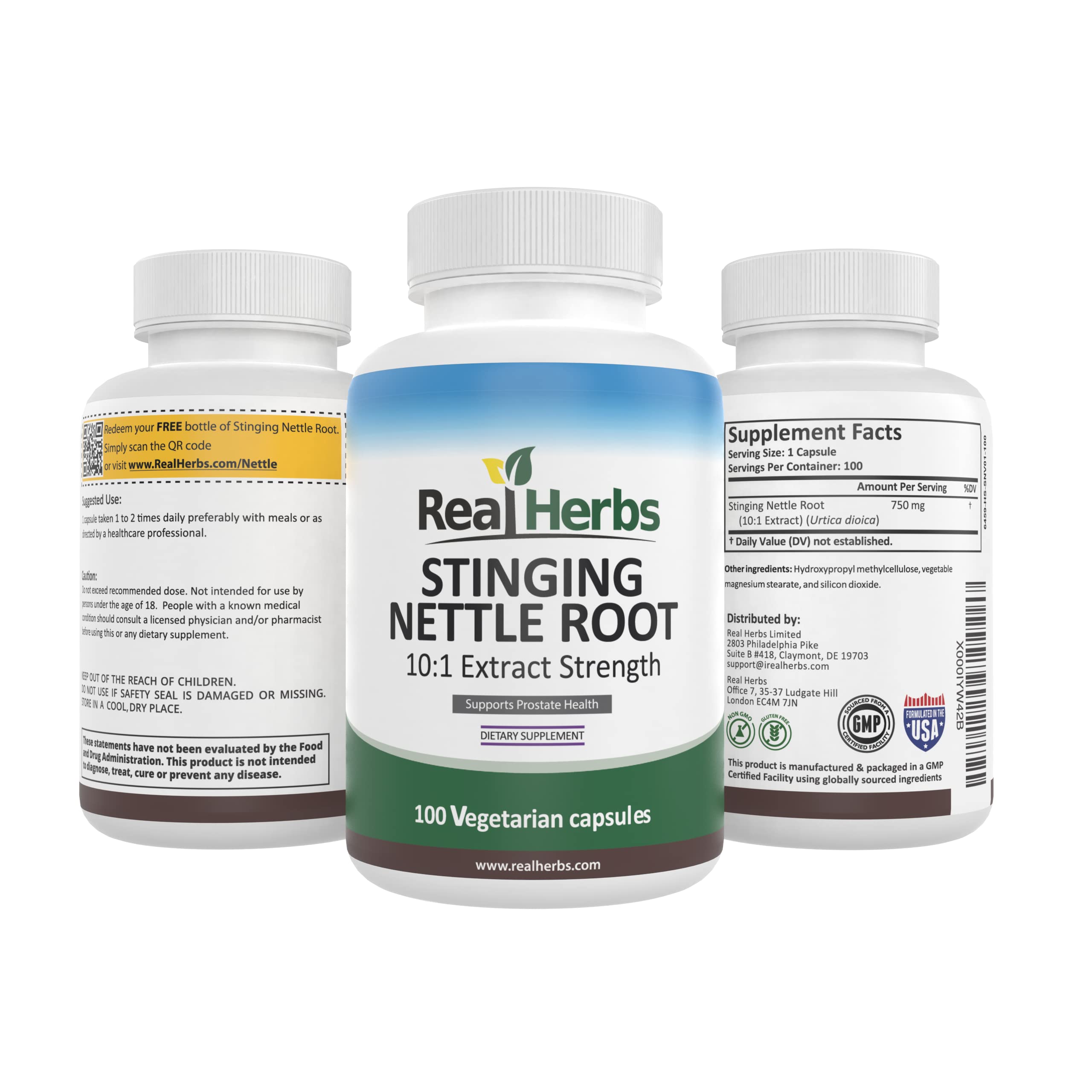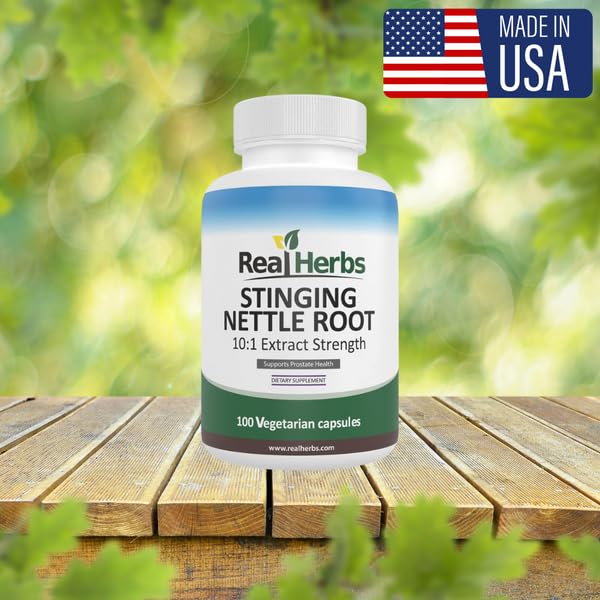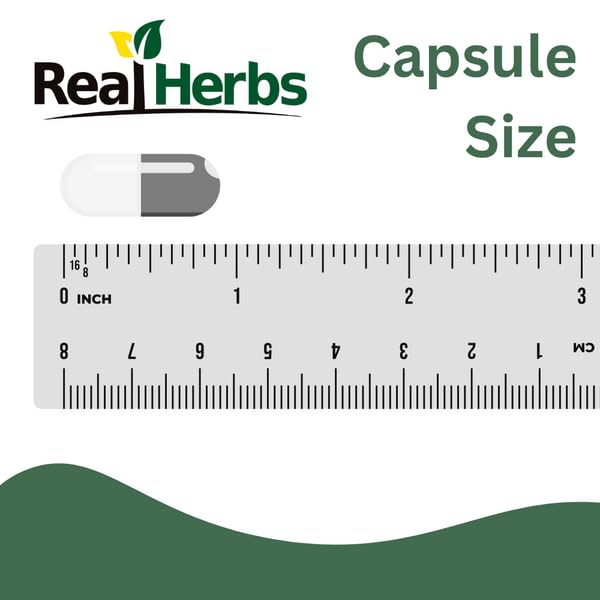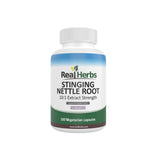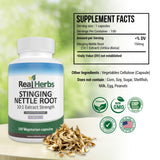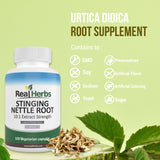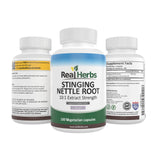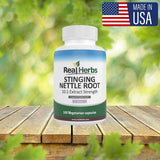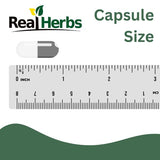How to Use Stinging Nettle Leaves?
Introduction
Stinging nettles, scientifically known as Urtica dioica, may be notorious for their painful stings, but they also hold a treasure trove of health benefits and culinary possibilities. These common, leafy greens are packed with essential nutrients and have a rich history of medicinal and culinary use. In this article, we'll delve into the world of stinging nettle leaves, exploring their nutritional value, medicinal properties, and various ways to harness their potential for your well-being.
Background Information: For centuries, stinging nettles have been valued for their versatility and health-enhancing properties. These plants are found in various regions across the globe, typically flourishing in the spring and early summer. While their stinging hairs may deter casual foragers, those in the know have long appreciated their worth.
Nutritional Value: Stinging nettle leaves are a nutritional powerhouse. They are a rich source of vitamins, including vitamin A, vitamin C, and various B vitamins, as well as essential minerals such as iron, calcium, and magnesium. Additionally, stinging nettles contain phytonutrients like chlorophyll and flavonoids, which contribute to their remarkable health benefits.
Medicinal Properties: Beyond their nutritional value, stinging nettles possess an array of medicinal properties. Studies suggest that they have anti-inflammatory, antioxidant, and diuretic effects, making them a potential ally in managing various health conditions. We'll explore these benefits in more detail later in the article.
Safety Precautions: Before we delve into how to use stinging nettle leaves, it's important to acknowledge potential safety concerns associated with their use. While stinging nettles are generally considered safe for most people, there are precautions to keep in mind, particularly if you're new to their consumption or use. We'll cover these safety considerations to ensure your experience with stinging nettles is a positive one.
Forms of Stinging Nettle Leaves:
Stinging nettle leaves offer versatility in their usage, and they can be incorporated into your daily routine in various forms. Here are some common ways to use stinging nettle leaves:
1. Dried Leaves: One of the most convenient forms, dried stinging nettle leaves can be used to make nourishing teas. They are readily available in health food stores or can be dried at home after harvesting.
2. Nettle Tea: Nettle tea is a popular choice for reaping the benefits of these leaves. We'll provide you with a simple nettle tea recipe later in the article.
3. Culinary Delights: Stinging nettles can be used in various culinary creations, including soups, stews, and even pesto. Their earthy, slightly nutty flavor can add a unique twist to your dishes.
4. Tinctures and Supplements: Stinging nettle tinctures and supplements are available for those seeking a more concentrated form of nettle for specific health purposes.
5. Topical Applications: Nettle-infused oils or salves can be used topically for skin and hair care. They are valued for their potential to soothe irritated skin and promote healthy hair growth.
In the following sections, we'll provide detailed instructions on how to harvest and prepare stinging nettle leaves for consumption or external use, along with delicious recipes to help you incorporate this remarkable plant into your daily life.
How to Harvest and Prepare Stinging Nettle Leaves:
Harvesting stinging nettles requires some precautions due to their stinging hairs. Here's a step-by-step guide to safely harvest and prepare them:
-
Gather Necessary Tools: Wear gloves and use scissors or garden shears to carefully cut the top few inches of the young nettle plants. Harvest the tender, top leaves for the best flavor and nutrition.
-
Avoid Touching the Stinging Hairs: The stinging hairs on nettle leaves contain a substance that can cause skin irritation and discomfort. Handle them with care to avoid direct contact.
-
Rinse and Drain: Once harvested, rinse the nettle leaves thoroughly under cold water to remove any dirt or insects. Allow them to drain in a colander or on a clean kitchen towel.
-
Dry or Use Fresh: Depending on your intended use, you can either dry the leaves for later use or use them fresh. To dry, spread them out on a clean, dry surface in a well-ventilated area, away from direct sunlight.
-
Store Properly: Store dried nettle leaves in an airtight container in a cool, dark place. Fresh leaves should be used within a few days or stored in the refrigerator.
Conclusion:
In conclusion, stinging nettle leaves, despite their initial reputation for stings, are an invaluable natural resource for health and wellness. Bursting with essential nutrients and possessing numerous medicinal properties, these leaves offer a multitude of ways to enhance your well-being. From the simplicity of nettle tea to the culinary creativity of nettle-infused dishes, there's a world of possibilities waiting for you to explore.

